Class C RV Suspension Upgrades: How to Reduce That Rock-And-Roll Motion
RVs, be they Class A motorhomes, Class B camper vans, or Class C cab chassis coaches, provide the creature comforts to make getaways an enjoyable experience. Where improvements can be made is in reducing that rock-and-roll of the body during travel.
The ride and handling of an RV play a big role in how fatigued the driver and occupants become after hours on the road. The more the coach rocks from side to side in transit, the more stress it places on everyone inside. This is due to our bodies naturally reacting to maintain balance in the seats.
An RV’s side-to-side rocking and body lean also stresses its structural components, drawer, and cupboard latches. It will also jostle any fragile items stored in the coach. Class C RVs are heavy, tall, and narrow, which inherently creates a lot of back-and-forth motion when exiting a parking lot or cornering
Anti-Sway Bars Reduce Class C RV Body Lean
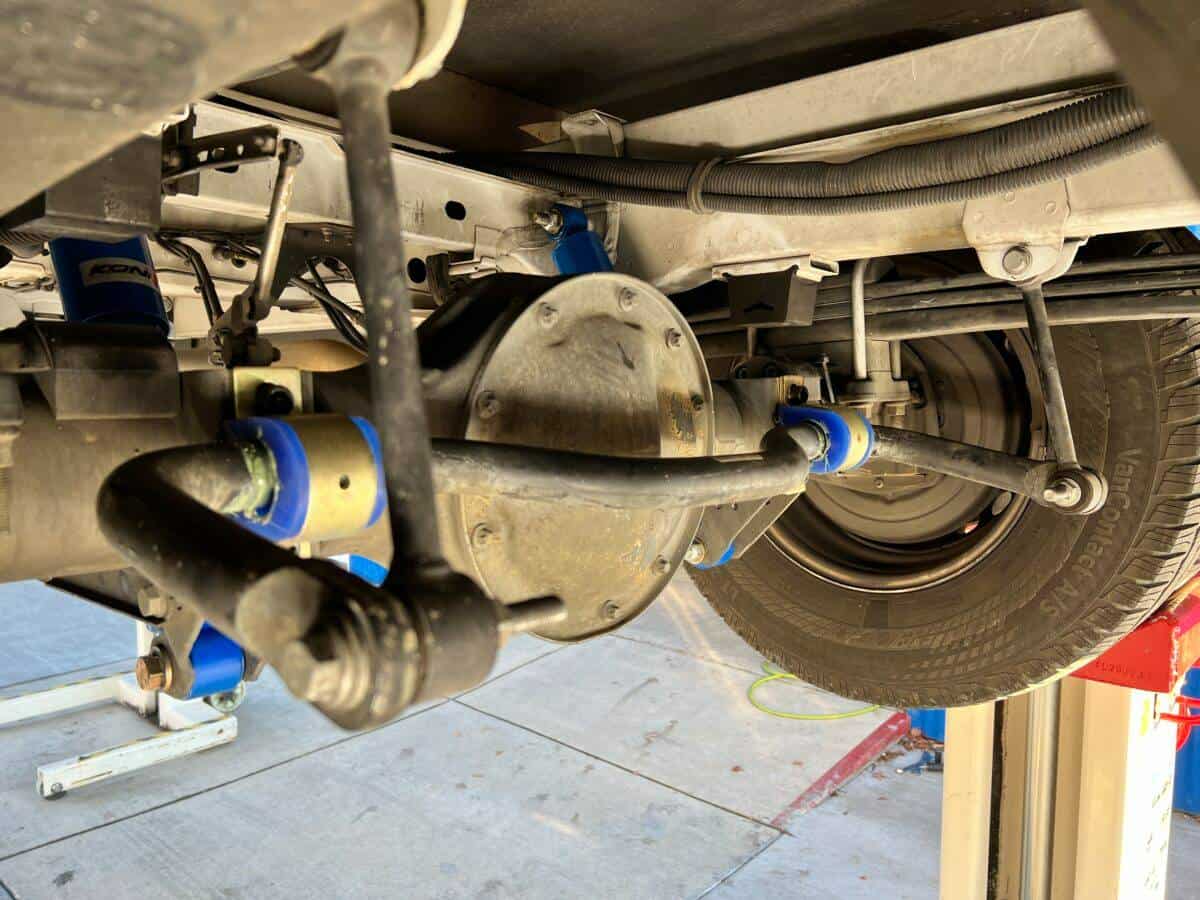
RV manufacturers help reduce the severity of “body roll” by employing an anti-sway bar at the rear axle. This is a spring in the shape of a round bar connected to the axle housing and the frame rails.
As the coach leans, the anti-sway bar resists the upward movement on one side and the downward movement on the other.
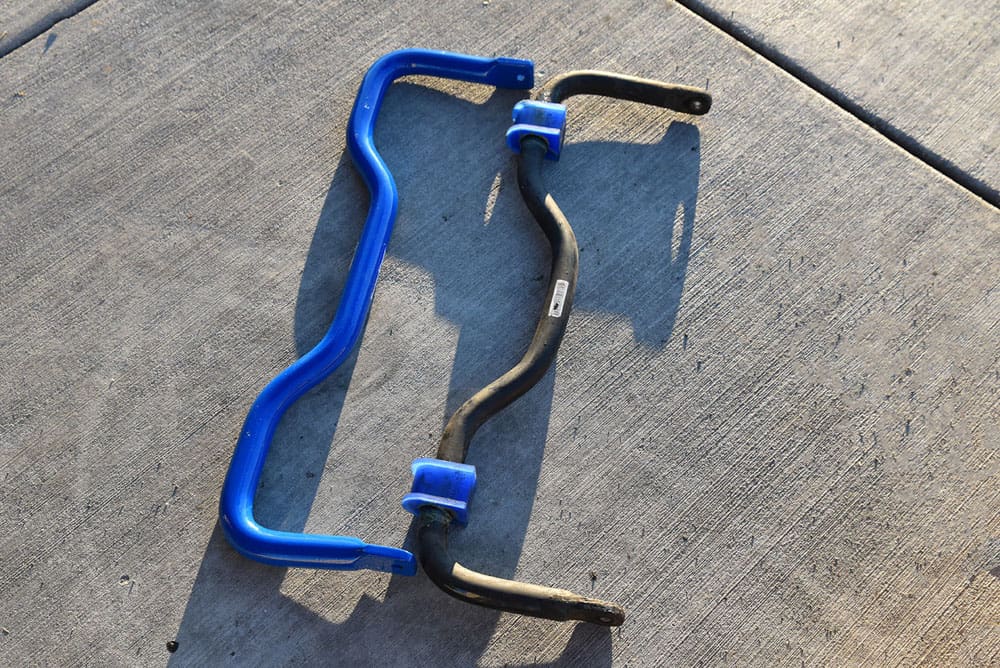
To further reduce body lean and the subsequent back-and-forth rocking motion that follows, you need to replace the OEM anti-sway bar with a larger, stronger aftermarket version along with better quality rear shocks. (Shocks control the movements of the anti-sway bar, just as they do with the rear springs.)
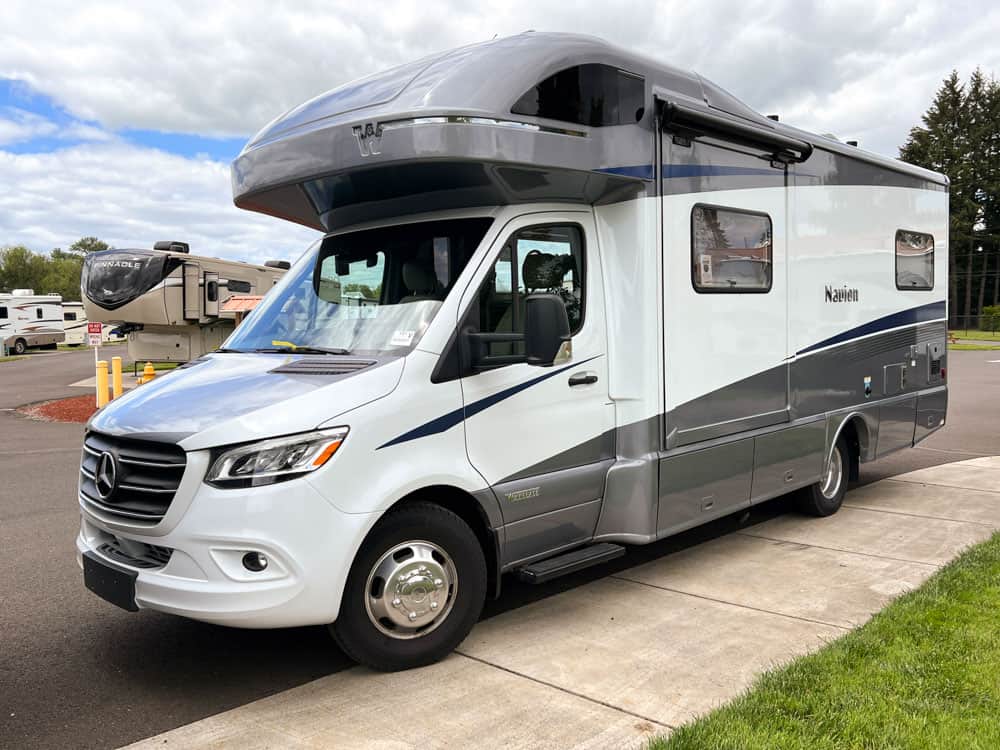
Suspension Mods Easy For RV DIYers
Owners of Class C RVs built on the popular Mercedes-Benz Sprinter 3500 DRW chassis can find one such solution in the wide array of SuperSteer RV’s suspension offerings. And the products can be installed by just about any RV DIYer with basic hand tools.
One product is the SS110 anti-sway bar, and the other is the SS88-1889 shocks, the latter developed exclusively for SuperSteer in cooperation with KONI. Both products are direct-replacement bolt-on upgrades most DIYers can handle installing with ease.
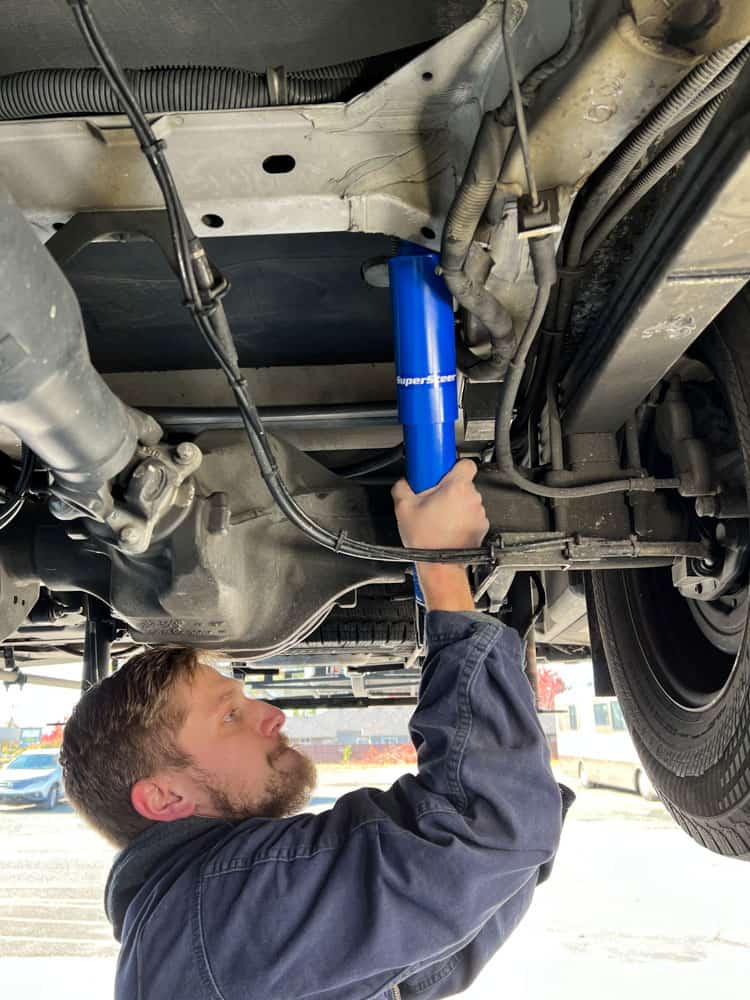
Installing the SuperSteer anti-sway bar reduces the body lean on a 2021 Winnebago Navion by more than 60 percent, according to testing done at Henderson’s Line-up RV center, and the new custom-tuned KONI shocks reduce residual back-and-forth rocking by more than 35-percent.
Upgrading The Suspension Improves Class C Handling
The combination results in a much more stable ride and smoother handling, especially when navigating mountain, coastal, rural and other roads that have a lot of corners and off-camber sections. The stiffer anti-sway bar also helps reduce the adverse effects of wind gusts and side winds.
These small suspension upgrades to the Sprinter 3500 DRW cab chassis significantly improve ride and handling, reducing driver fatigue while making the ride for the passengers more enjoyable.



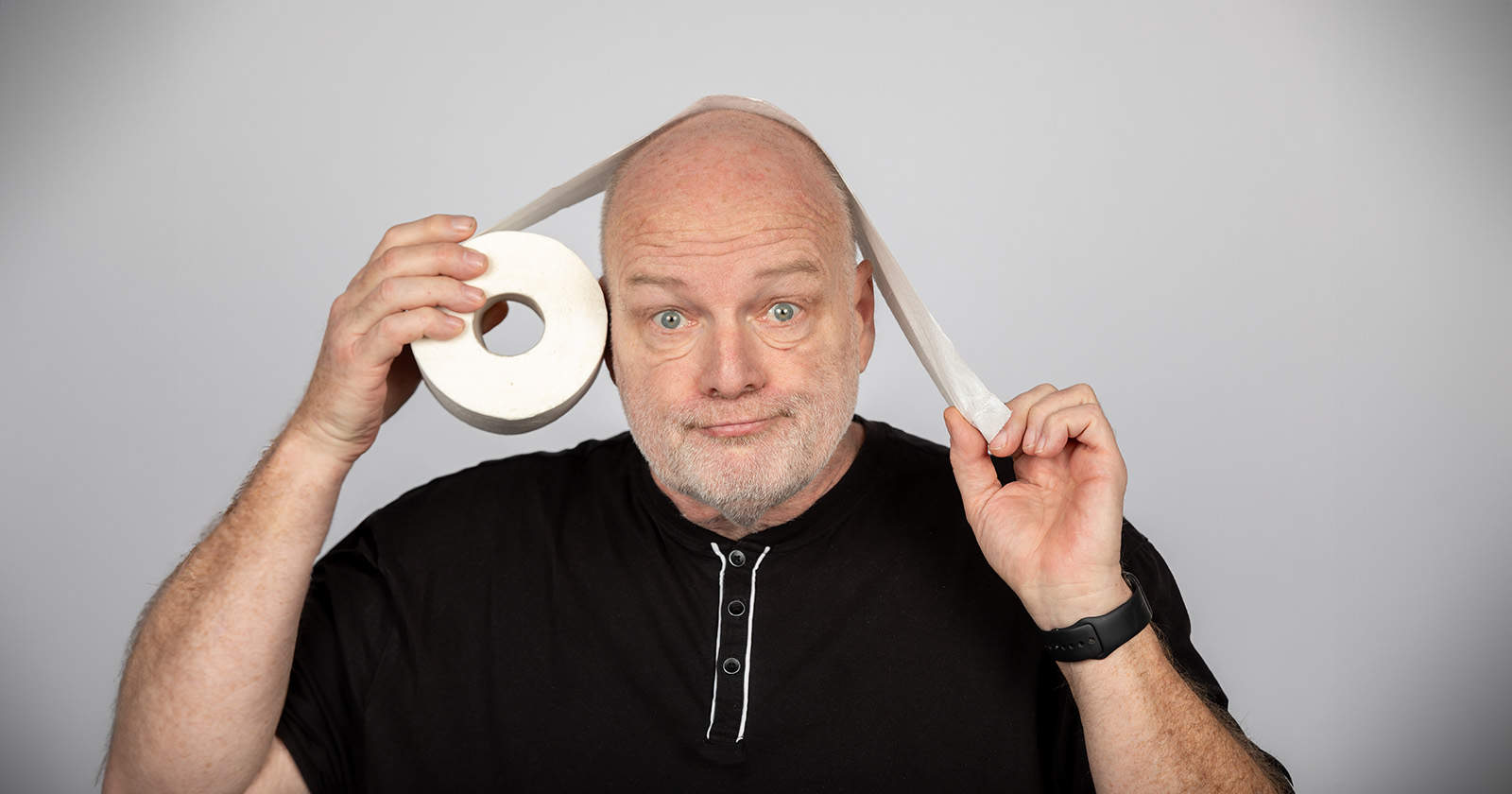

Rear airbags helped the most for me on 2017 Isata 3/ Sprinter chassis. Super Springs where waste of time and money.
By “super springs” are you referring to the sway bar or the shock upgrade? I have a 2017 chassis mbs 3500 with the gel wig sway bar, which does a decent job in my opinion. I am thinking of replacing the shocks to help eliminate the sway when transitioning from a sloped drive to a road. And your saying airbags are the way to go?
Hello Dave and Howard,
We have not tried airbags on our own Sprinter. However, we have years of experience with them on other motorhome applications and have found that while they can restore ride height to sagged suspensions and accommodate a range of loadings, they can also induce more sway and add maintenance headaches.
SuperSprings is a different company than our own, SuperSteer. When customers are looking to increase their rear suspension ride height on leaf spring coaches, we generally will recommend the SuperSprings bolt on overload leaf springs because of their simplicity and durability.
To reduce the sensation of rock & roll and sway on the Sprinter 3500 chassis, the combination of a stronger rear sway bar and stronger shock absorbers is the best upgrade. If you already have an upgraded sway bar then the shocks would definitely be the next step we would recommend. We are expecting our first production shipment of the SS88-1889 shocks to arrive from Koni in early Q2 2023.
Upgrading your front struts will also help a great deal, and we would recommend the Koni FSD or the manual adjust Koni Red for those desiring the most stability.
Hopefully that helps!
-Tommy Henderson
Sometimes after an upgrade like this you can get an annoying squeak from the bushings. I have found that a marine grade lubricant will take care of the problem and last longer that something like wd-40 type lube.
That’s a great point, Mike! A good, sticky marine grease will stay between the bushings and sway bar longer than other lubricants, which helps keep those annoying squeaks away.
The Roadmaster and SuperSteer sway bar kits come with Aquashield grease, which is the best stuff we’ve found and is even stickier than normal marine grease. You definitely want to wear gloves when working with it!
-Tommy
On my 2012 Itasca Cambria, (Ford E450 Chassis), I replaced the front and rear anti sway bars with beefier Hellwig anti sway bars. The stock Ford front and rear shocks were replaced with Bilstein HD shocks. The stock Ford steering dampener was replaced with Bilstein dampener. I was amazed by the dramatic improvement in handling, tracking, body roll, and porpoising. Night and day difference. One of the best upgrades that I ever did.
If you are handy, you can install all of this stuff yourself, like I did.
The same improvement was realized by my nephew in his 2014 Bounder Class A gasser.
I installed Fox 2.5’s to replace the rear shocks and checked for wear on the Helliwig anti-sway bar. Next, Bilestein front struts replaced the old MB originals and had it aligned. At the time my 13V had 39K miles and with a solid axle comes some issues unless you can drive over bumps squarely. Road noise and poor handling remained until I replaced all Continental tires with Michelins. Now at cruising speed we can converse without raising our voices, bumps and irregular pavement no longer feel and sound like I’m running over a curb and gained 1.5 MPG. We enjoy trips so much more and at Highway speeds I am driving our Class C instead of aiming it. Good luck to all and be safe!
That’s good to know about the Michelins – we are still running the Continentals on our Sprinter, but they are starting to get a bit worn down. After the next trip across country, we’ll be looking at a replacement set and will keep the Michelins in mind. Were they the Agilis CrossClimate? Nice that those are also 3PMSF rated.
We bought a set of the Fox 2.5s and really liked the handling, but found they did cause a bit more road noise and harshness than we would prefer. That was a major factor in leading us to work with Koni to develop the SS88-1889 shocks. We feel that at the higher adjustment range they provide handling equivalent to the Fox 2.5, but with less of a penalty in ride quality.
Thanks for sharing your experience!
Hope this helps: We simply installed the heaviest Summo Springs available for the front and rear. The ride was better and the sway was gone. Handled well in higher winds also. This is the easiest way to fix this problem.